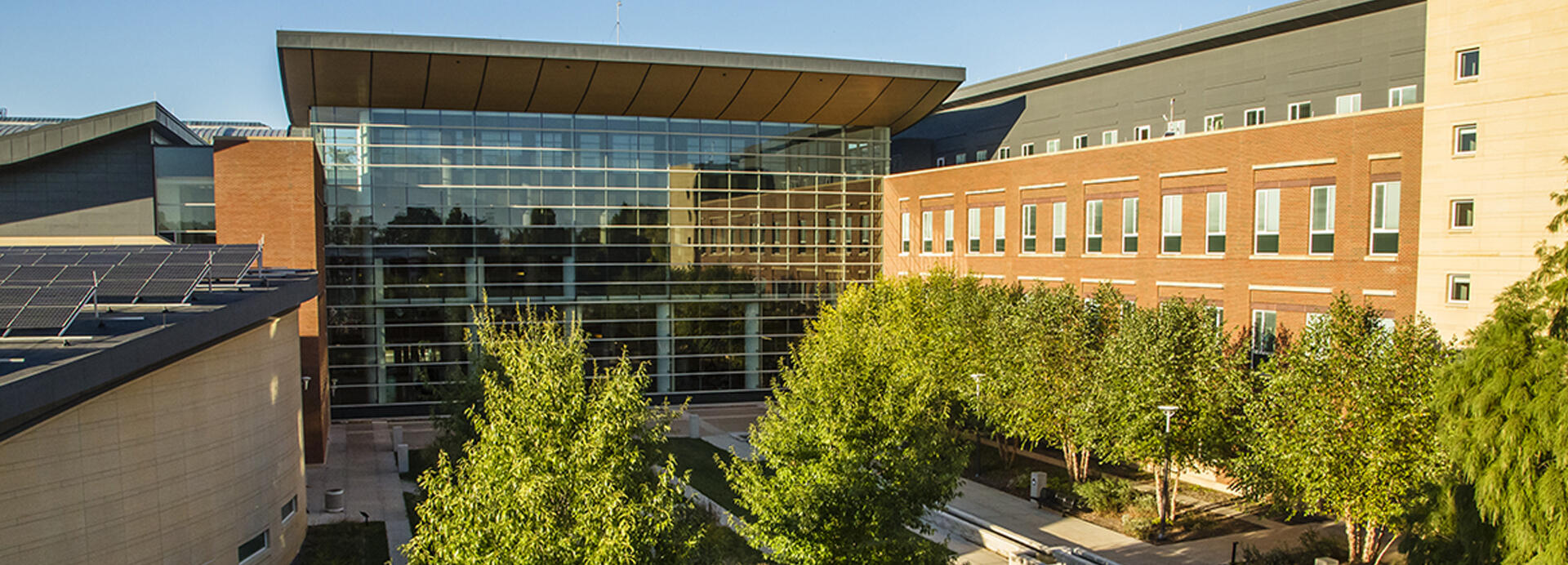
ORMIR Resources
Risk resources and insights
ORMIR’s thought leadership focuses on risk and the needs of the insurance industry and others in addressing risk by connecting faculty researchers from across the University of Illinois campus who are similarly interested in advancing risk preparedness, risk response and building resiliency.
Our research is rooted in finding practical solutions to real-world problems, and we share this knowledge with stakeholders to help manage the ever-increasing array and complexity of risks. The insurance industry is a trust-based industry; it delivers on a promise to manage risk and pay claims to help people bounce back from adversary.
Agricultural Risk Assessment
Climate Change and Natural Disasters
- Temperature, Adaptation, and Local Industry Concentration
- Impact of Building Code Changes on Future Hurricane Risk of Residential Buildings in Changing Climate
- Carbon Asset Pricing: Financial Modeling of Climate Risk Supports Stringent Mitigation Action
- Air Pollution and the Labor Market
- Climate Change and the Economy
- Flying Blind: What Do Investors Know about Climate Change?
- The Right Climate Data for the Right Task
- Smoke Signals: Wildfires and Health Risks
- Future Changes in Hail Occurrence in the United States Determined through Convection-permitting Dynamical Downscaling
- The Effects of Climate Change on Hailstorms
Environmental, Social and Governance
Risk Assessment & Modeling
- Wildfire Risk Analysis: Understanding the Challenges and Advancing Solutions
- Hype or Hope: AI-driven Risk Modeling on Tropical Cyclones
- Real Options: Added Returns versus Added Risk
- Validating Earthquake Damage Models: How Well Can We Predict the Impact
- Predictive Damage Assessment of Infrastructure Using Machine Learning on Full-Scale Aluminum Pedestrian Bridges
- Improve Risk Management and Decision-Making for Catastrophic Event Insurance Using Return Level Estimation for Spatial Extremes
- Risk Analysis of Physical Assets
- Efficiency or Resiliency? Corporate Choice Between Financial and Operational Hedging
- A Geographically Granular Database of Hurricane Damage
- Report on the Predictive Digital Twin of Civil Structures Under Stochastic Loads Using Robust Topology Optimization
Underwriting
Educating industry professionals
Through its academic membership in the Insurance Information Institute (I.I.I.), ORMIR provides insurance industry insights to students and researchers at the U of I. This enables all University of Illinois students and faculty to view relevant, timely, and data-driven information on insurance issues. Creating a Triple-I Account provides access to publications, infographics, toolkits, presentations, webinars and a robust archive to enrich classroom materials.
Climate Risk – Evolving Our Models for Disaster Risk
Moderated by Lynne McChristian, this webinar explores research toward improving catastrophe models and what may lie ahead. Panelists James Morrison (Senior Cat Modeling Analyst, AXIS Re), Megan Hart (Managing Director, Aon), and Ryan Sriver (Associate Professor, Department of Atmospheric Sciences, University of Illinois) discuss catastrophe models and technological advances that keep the models rapidly evolving.
Facing Risk Reality: Evolution of Reinsurance in a Changing Climate
Moderated by Lynne McChristian, this webinar explores insured losses from natural disasters are increasing, and how (re)insurers are responding to this reality. Panelists Roman Romeo (Head of Property Bermuda, North America, AXIS Re), Randy Fuller (Managing Director, Guy Carpenter), and Armin Tabandeh (Department of Civil & Environmental Engineering, University of Illinois) discuss the climate risk landscape and approaches that can help organizations effectively transfer the risk and manage it.
Coronavirus and Insurance Coverage
Professor Lynne McChristian explores the financial impact of COVID-19 on businesses and how they are discovering that the insurance coverage they purchased may not be what they needed. Understanding what type of insurance coverage you have and what you may need is essential. Unfortunately, it sometimes takes a catastrophe to deliver that understanding. This webinar explains how to assess your risks, and it reviews the types of commercial insurance products, what they cover, what they do not – and why.